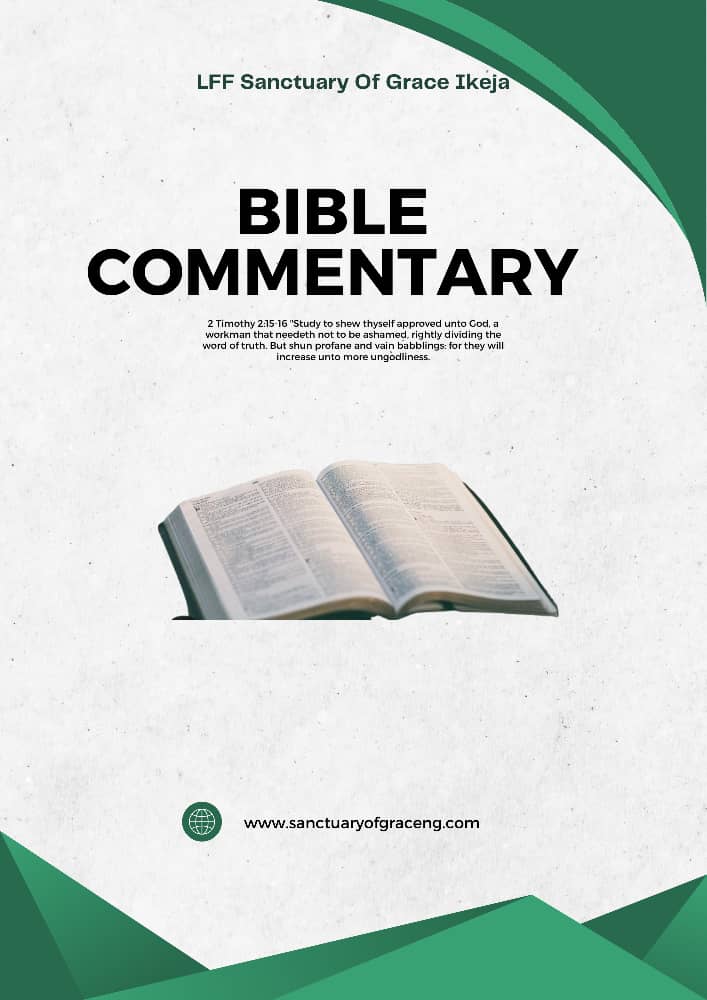Isaiah 4 offers a profound and contrasting message, divided into two key sections, each highlighting distinct spiritual and societal themes:
Verse 1: A Scene of Desperation and Imbalance
This verse depicts a time of crisis marked by a scarcity of men, possibly resulting from war or divine judgment. The image of seven women clinging to one man symbolizes a state of desperation, where the sanctity and covenant of marriage are disregarded.
Their primary concern is not the responsibilities and blessings of a godly union but merely bearing the man’s name. This reflects a culture of misplaced priorities, where external status, like the title of “Mrs.,” takes precedence over spiritual and relational integrity. It serves as a cautionary reminder of societal decline when human relationships stray from their divine purpose.
Verses 2–6: A Vision of Hope and Restoration
In contrast to the despair of verse 1, the following verses introduce a message of hope through the “Branch of the Lord,” a prophetic reference to Jesus Christ. This Branch represents beauty, glory, and fruitfulness for the remnant of God’s people. The focus shifts from human desperation to divine provision, showcasing God’s redemptive plan.
The imagery of the cloud by day and the pillar of fire by night recalls God’s guidance during Israel’s wilderness journey (Exodus 13:21–22).
However, in this prophecy, God’s presence extends beyond a single tabernacle to every dwelling place on Mount Zion. This signifies a future where God’s cleansing, protection, and glory are universally accessible to His people.
This chapter challenges readers to consider the dangers of misplaced priorities and the hope found in Christ. While human efforts and societal pressures may lead to despair and brokenness, God’s plan through Jesus offers restoration, protection, and eternal communion.
Believers are called to pursue holiness, trust in God’s provision, and embrace His presence in all aspects of life.




